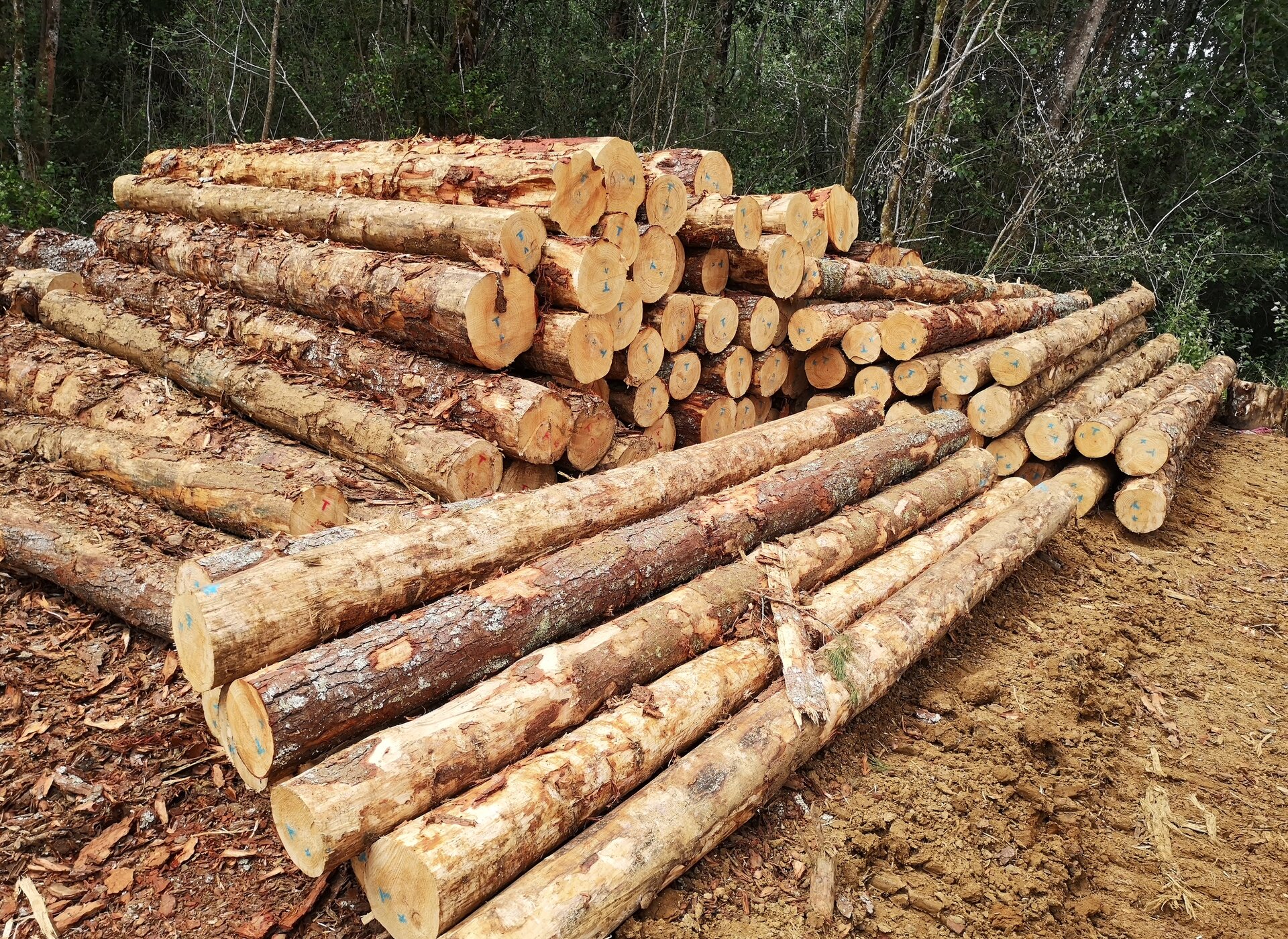Harvesting
Bowman Contracting aims to maximise yeild and therefore your returns, while maintaining a professional and safety focused harvesting operation. With 10 years experience in logging along with over 14 years in arboriculture we not only have the skills and knowledge we also have the passion to go the extra mile, getting your job done right first time.
We are an experienced ground based harvesting operation who takes pride in not only the job but also the equipment we use. We have a well trained team who hold the relevant qualifications and are consistently working on our skill set to obtain further, and maintaining our current skill.
At Bowman Contracting we understand the investment the landowner has made 20-30 years ago and the importance of getting the best return on your long term investment. We work with you to get the most out of your woodlot, not just from your trees but also from infrastructure, working with neighbours, consents and compliance and post harvest works
What goes into your harvest
Pre-Harvest Planning
Harvest Strategy, NES-CF Compliance, environmental assessments, access strategy, landowner goals
Health & Safety & Consents
Risk Assessment, safety planning, council/resource consents, legal requirements
Site access & Infrastructure
Building or upgrading skid sites, roads, culverts & crossings, sediment control
Felling & Environmental Care
Directional Felling, wind risk, watercourses, protecting native edges, streams and soils.
Extraction & Log Making, Loading & Transport Logistics
Pulling wood to skid, measuring, grading or cut for domestic/export markets. Efficient trucking schedules, loading, destination quality standards.


Post-Harvest & Replanting
Soil stabilisation, replanting/or alternative land use planning, slash management, long term goals
Understanding the value of a single tree
At Bowman Contracting, we pride ourselves on maximising returns for landowners by understanding every part of a tree and its potential value. Here's a breakdown of a typical log tree and how each section is harvested and utilised.
Pruned Logs – The Premium Cut
Used For: High-grade appearance timber, furniture, interior joinery
Value: Highest – due to clear wood and minimal knots
These are the most sought-after logs, thanks to prior pruning which produces long, clear lengths of knot-free timber.
A Grade Logs – Structural Powerhouse
Used For: Structural framing timber, construction
Value: High – consistently strong demand for domestic and export markets
Straight, knot-free logs that are unpruned but still of high quality.
K Grade Logs – Utility & Structural Mix
Used For: General structural use, posts, packaging
Value: Medium – a versatile mid-grade product
These logs strike a balance between quality and quantity.
KI Grade Logs – Smaller Structural Timber
Used For: Shorter-length construction timber, fencing, packaging
Value: Lower than A/K – but still viable for domestic use
Often from further up the stem with more taper and knots.
KIS / Pulpwood – Fibre & Fill
Used For: Wood chips, paper, MDF, and other fibreboard products
Value: Low – but critical for full-tree utilisation
Harvesting this ensures nothing is wasted.
SED = Small End Diameter
The SED is the diameter measured at the narrowest (top) end of the log – a key measure used to determine grade and value.
Why It Matters
Knowing what your trees are worth at each section helps you:
Maximise returns on your harvest
Plan your pruning and thinning cycles effectively
Understand market demands and which logs to prioritise
Ensure sustainable land use by valuing all parts of the tree
